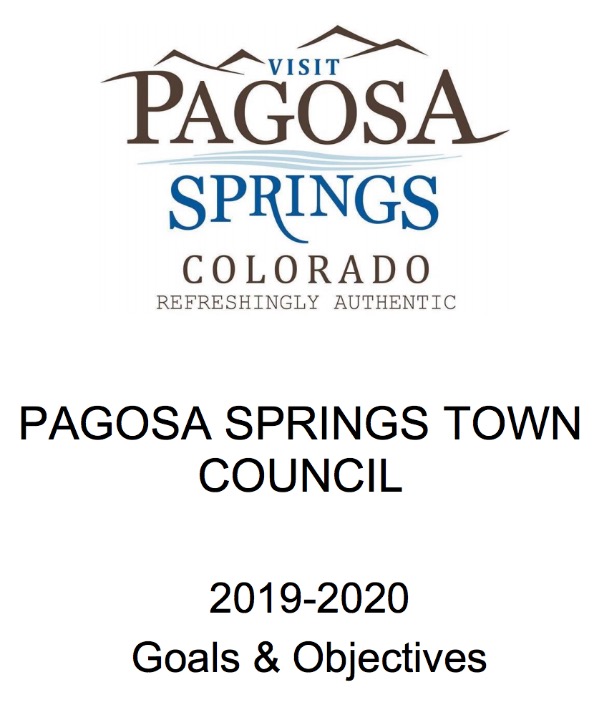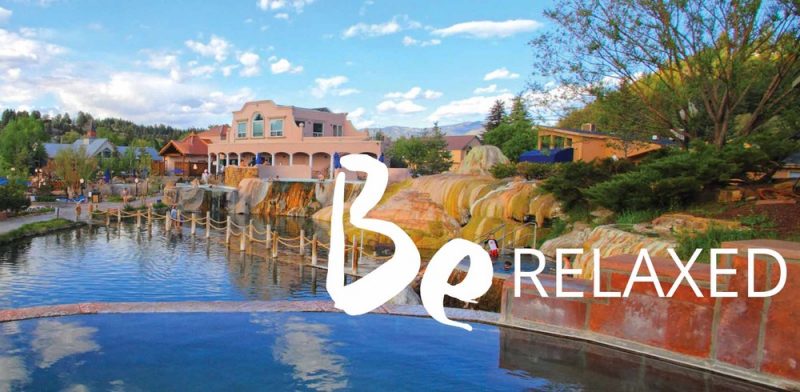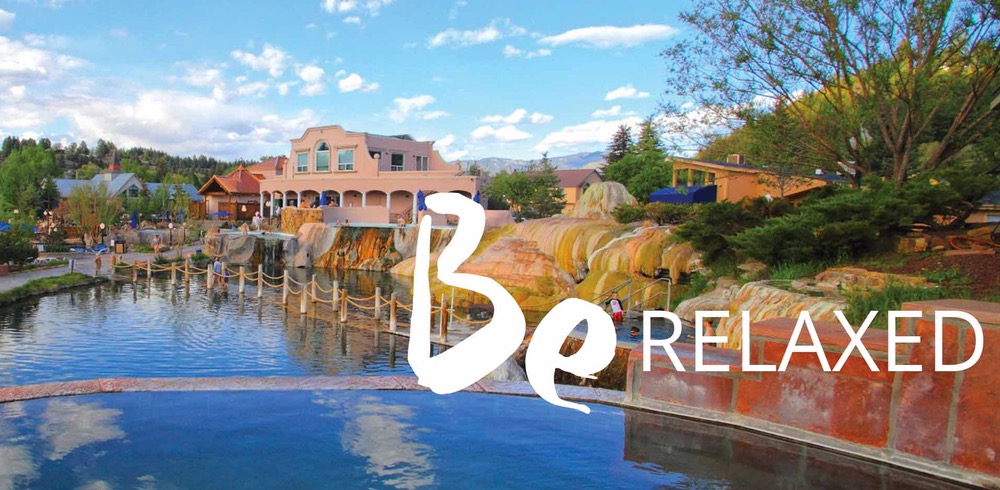In Part One, I mentioned a major tourism marketing effort from 2009, conducted jointly by the Pagosa Springs Town Tourism Committee and the Pagosa Springs Chamber of Commerce. The effort appeared to be quite profitable for the company that sold the advertising and published the guides — our local newspaper, the Pagosa Springs SUN — in spite of the fact that the printing costs for the the glossy Pagosa Springs Official Visitor Guide had no doubt been significant.
At 144 pages, the 2009 summer guide was perhaps the most expensive single publication ever produced in Archuleta County.
It was also one of the most expensive marketing efforts in terms of distribution. About 14,000 copies of the summer edition were mailed out by the Chamber, free of charge to the recipients, at a postage cost of about $1 each. The summer guide mailing campaign started in June and ran through October, even although we don’t usually think of October as being part of the summer season here.
The timing of this very expensive 2009 tourism marketing effort, funded mainly by the local businesses that purchased over 100 pages of glossy ads in the summer guide, was perhaps less than ideal. Pagosa Springs and other American communities were in the midst of the Great Recession, and by August 2009, Pagosa area businesses were suffering from unexpectedly low business sales, with sales tax receipts the lowest in many years.
The winter edition of the Official Visitor Guide arrived in October and was immediately mailed out to about 2,000 people who had contacted the Chamber during the summer asking for winter season information. Everyone I talked to about the glossy magazines was thoroughly impressed with the quality and appearance of the summer and winter guides — and the majority of those interviews were with folks in the tourism industry.
A common comment was along the lines of: “I couldn’t believe this was Pagosa Springs!”
Yes, it was hard to believe these glossy magazines represented Pagosa Springs. “Look at us,” the magazines seemed to be shouting, “we provide the same high-quality visitor experience as Telluride, Aspen and Vail! Except that we’re refreshingly authentic!
“And we will cost you almost as much, too, so bring your credit cards…”
But was this really Pagosa, in 2009? Were we really a refreshingly authentic version of Telluride?
The image below was taken from the cover of the 2019-2020 Goals & Objectives adopted by the Town Council last summer at their annual retreat. You might notice that the logo at the top features our tourism board’s “branding”,
“Refreshingly Authentic.”

You might also notice that the logo chosen by the Town for its cover page features the word “VISIT” at the very top.
Some people might find these words, inserted into the logo of a municipal government, to be harmless, or relatively innocuous; some might find their inclusion highly appropriate and meaningful. To me, seeing this kind of logo featured on the Town Council’s Goals & Objectives cover page suggests the idea that Pagosa Springs is no longer a place where people spend their lives and raise their families. It’s a place to “visit”.
A place where, once upon a time, we had authentic neighborhoods, but where those neighborhoods are being slowly converted in “Short-Term Rental” motel districts.

The Town Tourism Committee has been around for about 13 years, although it’s now known as the Pagosa Springs Area Tourism Board. The board struggled somewhat, during those 13 years, to define Pagosa Springs as a unique place for tourists to visit. Their first stab at a marketing motto was “Real People, Unreal Lifestyle.”
That didn’t quite hit the mark, apparently, so they hired a different expert marketing company, and were handed the tagline “What’s Your Rush?”
When you really think about it… besides being clever, the motto “What’s Your Rush?” pretty well captures the authentic character of the community, and the reason many of us moved here. But for some reason, the TTC soon rejected that motto, and hired yet another expensive marketing company.
The next refreshingly authentic branding concept was “Pagosa Springs, Colorado. Refreshingly Authentic.” This motto has stuck like glue, so far.
But here’s the motto the tourism board had been looking for all along, and couldn’t quite figure out how to put into words:
“We’re Trying Real Hard to Be Telluride, Aspen and Vail. Or at least Durango.”
Back in 2009, Pagosa’s realtors and homebuilders were realizing that we were getting the wrong class of tourist here. Pagosa had always been a pretty affordable place to take a vacation, but — as the land values inched up toward $50,000 per lot, and as median home prices headed for $400,000 — the developers among us saw the need to attract a totally new kind of tourist, a wealthier class of tourist, who could become impressed with the beauty of the San Juan Mountains and buy some property and build their summer home.
We no longer needed tourists looking for a mere $5,000 timeshare at Wyndham Pagosa. We needed visitors who could fork out for a million dollar second home.

Back in 2009, when I was writing editorials about the glossy Pagosa Springs Official Visitor Guide, a friend wrote to me, suggesting that Pagosa Springs was “a place without a soul.” That what we really needed was to “find ourselves.”
Many of our local leaders don’t fully realize it, but they’ve been aggressively pushing one single type of economic growth for the past several decades, and that all their hard work and marketing effort has resulted mainly in “gentrification.”
That’s something almost none of us, who actually live and work here, wanted.
Gentrification is what has happened over the past couple of decades in places like Durango and Salida and Crested Butte: wealthy people bought up the central core of those towns and spiffed them up, made them look tidy and well-swept — and moved the poor people out into the hinterlands where they wouldn’t be seen unless they were making up motel beds or serving food.
One thing I like about Durango — in comparison to Pagosa Springs — is the presence of so many young people. As Durango became gentrified, they didn’t lose all their young people, because they still had Fort Lewis College up on the hill above downtown. That special energy — that innocent, questing energy that only young people can bring to a community — didn’t disappear as the gentrification was taking place.
The local citizens who wrote the Archuleta County Community Plan in 2001 recognized the valuable role that young people play in a healthy community, and they included that idea in their Vision Statement:
“A majority of youth should be able to have a career and eventually raise a family without being forced to leave…”
I suspect everyone involved in developing the 2001 Community Plan recognized the importance of such a statement. But unlike Durango, Pagosa Springs has no college. If we become thoroughly gentrified — if we become as “inauthentic” as Telluride, Aspen or Vail — our workforce, and our young people, will live in Chama, New Mexico and will commute 45 miles to work each day, and then 45 miles back home.
Then this town will truly be “Refreshingly Blighted.”

